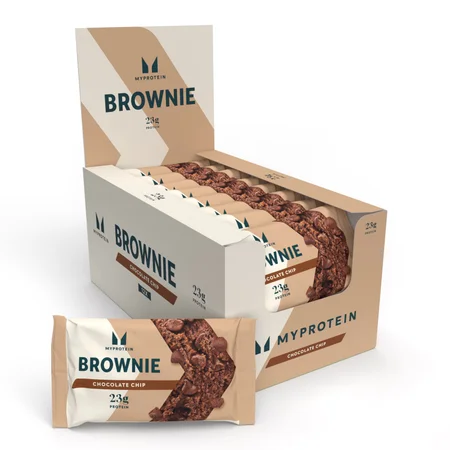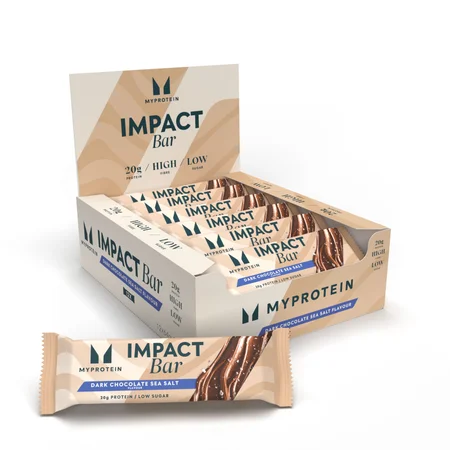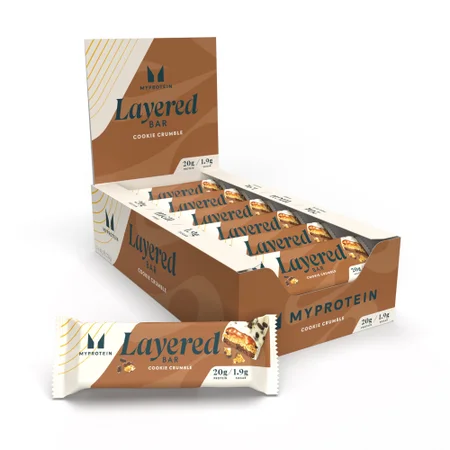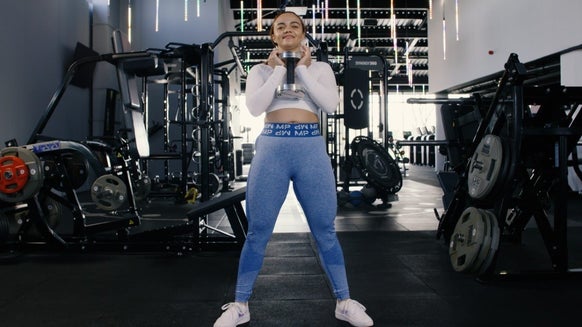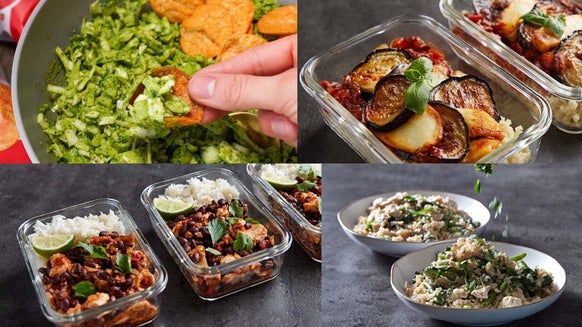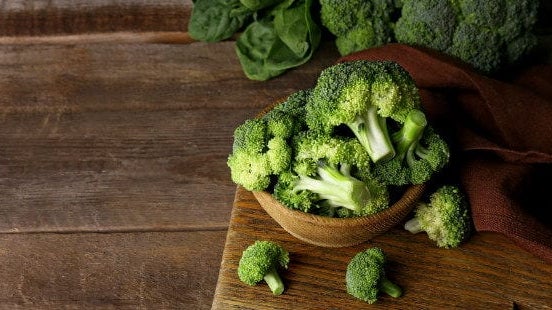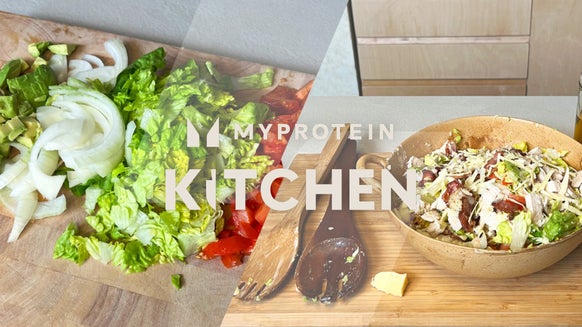What Is your Fat Burning Heart Rate Zone?
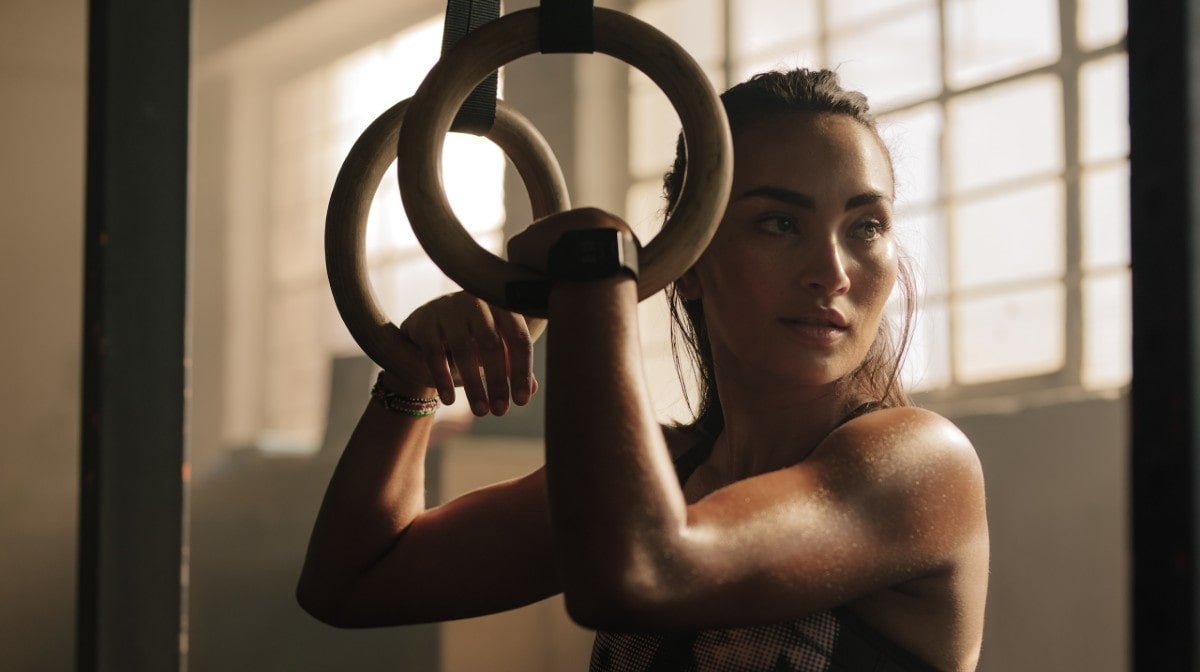
What's Your Zone?
Keeping an active lifestyle is an integral part of staying in great physical shape. For those of us aiming to reduce fat, cardio is the go-to exercise. Many people work on the theory that the faster and harder you work at your chosen cardio, the better your results will be. However, your optimal fat burning heart rate zone may not require as high octane a workout as you might think.
Now, while I’m not saying that you should give up your HIIT workouts for good, it’s worth noting that there are other ways to target your fat stores effectively.
A higher intensity workout is great for tackling the energy that is immediately available. This means that the calories you have consumed prior to the workout will be used effectively and burned off. In particular, the body will be burning sugars and carbohydrates that are available. The fat burning heart rate zone level cardio will target existing energy stores. So you will be burning the fat deposits your body has created for saved up energy.
So, if you’ve been smashing it at the gym, giving it 100% and not seeing the results you want, it might be time to take it down to giving 65%. It may seem counterproductive, but add some cardio within the fat burning heart rate zone to your routine.

How To Work Out Your Fat Burning Heart Rate Zone?
The simple way is to download a fitness app which will work this out for you. There is plenty free online. However, if you’re feeling old school, the calculation is this:
Work out your maximum heart rate. 220 minus your age is a good general rule. Then multiply this number by 0.6 and then by 0.7. This will roughly work out the sweet spot range that you should stick to if you want to tackle your fat stores.

How Should I Exercise To Maintain The Fat Burning Heart Rate?
Use the cardio machines at the gym that monitor your heart rate, or invest in a fitness measuring personal device (or borrow one from a friend until the correct pace becomes a habit).
You may well find that you find the cardio a lot less taxing than your normal routine if you are into fitness already. Add a little extra time to your workout to get maximum results. This is one of the benefits of the lower intensity zone – you can enjoy its effects for a longer workout.
Your workout should keep you in the fat burning heart rate range you worked out at all times (excluding your warm up and warm down of course). Resist the temptation to push through and work at a greater speed or effort. Save that for a designated high-intensity day!
It’s worth noting that even though your workout may seem lower intensity, you are still working out. So normal recuperation and nutrition rules apply. Make sure you are giving your body the protein it needs for muscle maintenance and repair.
READ MORE HERE:
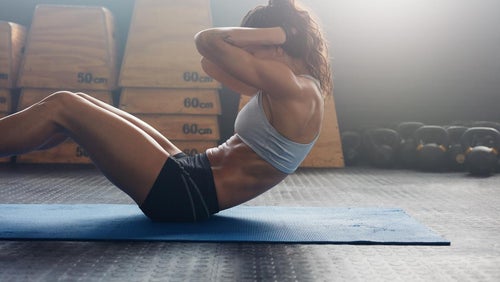
The True Story Behind Achieving Six-pack Abs: Unveil Body Fat
Is it worth the hard work?
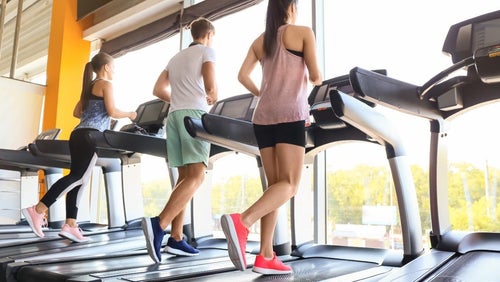
5 Ways to Lose Weight With a Treadmill Workout
Mix up your treadmill workouts.
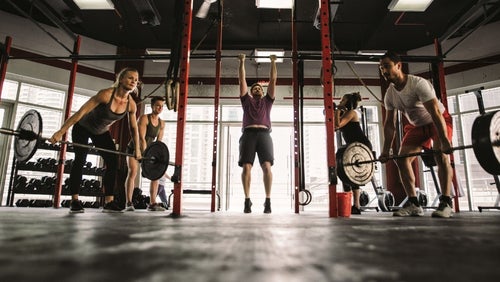
What is Functional Strength Training, What are the Benefits?
Helping you to perform your day-to-day tasks.
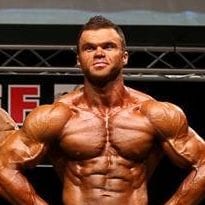
Dawid Lyszczek is an expert new product developer, food technologist, nutritionist and personal trainer. He holds a bachelor’s degree in Human Nutrition, master’s degree in Food Innovation and Level 3 Certificate in Personal Training. Dawid specialises in evidence-based body-composition nutrition and training for both amateurs and physique athletes, and has been involved in sports nutrition and weight training for over 15 years. Dawid is also a former competitive bodybuilder, UKBFF British finalist in “Intermediates Over 90kgs” Class of 2013, as featured in Flex magazine.
Dawid’s academic area of interest has involved both the role of meal frequency on body composition, and also functional food development, which you can find out more about here.
In his current role, Dawid bridges the gap between sports nutrition and food technology, bringing in academic experience backed by real life practice that produces results.
You can find out more about Dawid’s experience here.
